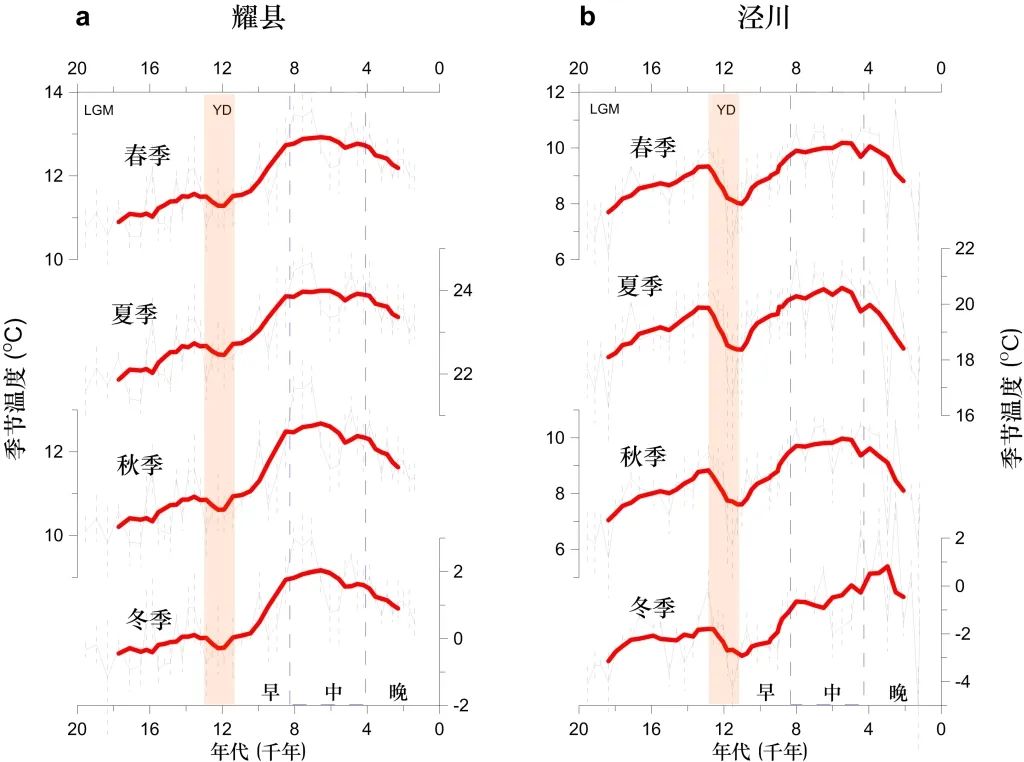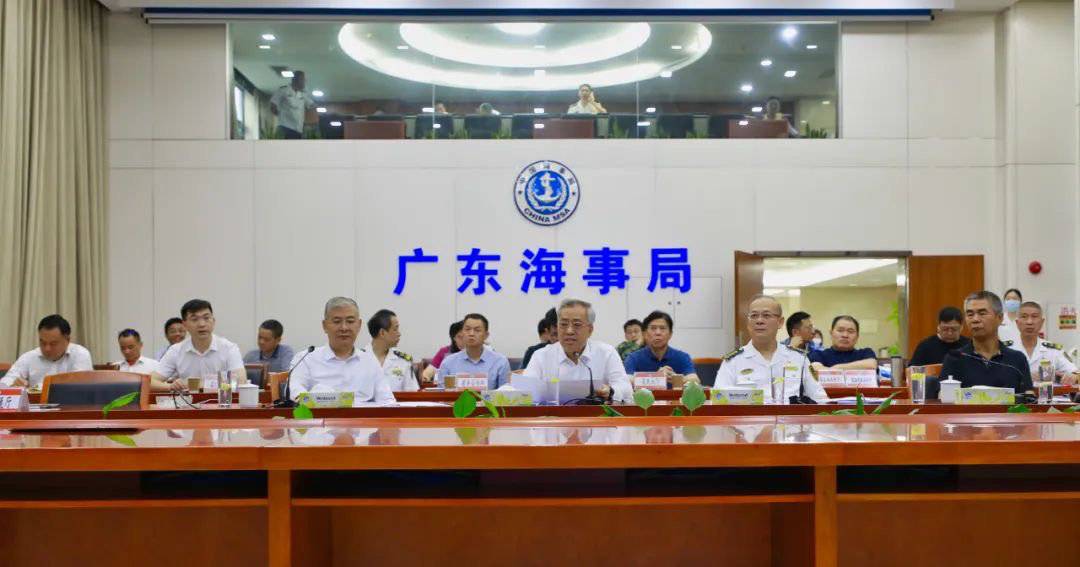Dong Yajie et al. -NC: East Asian Software Animal Fossil Reconstruction Season Temperature Solving "New World Temperature Puzzle"
Author:Institute of Geological Earth Time:2022.09.06


How did the global temperature change since the new world (about 10,000 years ago)? Has today's climate warming reached the warmest level of 10,000 years? There are two main ways to answer this question: 1) geological records; 2) ancient climate simulation. The integrated geological records showed that there was a big warmth period in the early mid-to-medium-to-medium-to-mid-new generation (to 9000-6000 years), and then the temperature gradually decreased, and it has been warmed again since the industrial revolution (Marcott et al., 2013); and the climate climate Simulation revealed that the global average annual temperature has continued to rise in the past 10,000 years (Liu et al., 2014). At present, the reason for the change of the new world temperature change process, mechanism and record-simulation differences have not yet reached consensus, and it is called "Holocene Temperator Conundrum".
One of the focus of the debate is whether there is a seasonal deviation from the climate substitution indicators from the geological records, that is, is the temperature of the geological recording reconstruction reflect the real annual temperature signal? Is it mainly controlled by summer temperature? However, due to the lack of the records and understanding of the temperature evolution process in different seasons over the past 10,000 years, it is difficult to evaluate and answer the problems of temperature contributing to the temperature of the year at different seasons. Therefore, finding quantitative indicators and continuous records of seasonal climatic sensitivity is a breakthrough point for solving the puzzle.
Associate Researcher Dong Yajie and researcher Wu Naiqin, Associate Researcher Li Fengjiang, Researcher Lu Houyuan, and Professor Shen Caiming, Yunnan Normal University of the Institute of Geology and Earth Physics of the Chinese Academy of Sciences. The system collects the surface soil snail combination samples within the range of about 1,000 kilometers in northern China and the snail fossil samples of the loess section for 20,000 years (Figure 1), and establishes the richest modern terrestrial snail-climate parameter database and the new snail fossil of East Asia. Sample library.

Figure 1 China Northern Northern Table Snail Combination Sample Collection Point and Loess Snail Fossil Sample Distribution
(1) Using modern terrestrial snail-climate and environment database for typical corresponding analysis shows that the annual temperature and seasonal climate parameters are the main control factor of snail community. Significant testing reveals that the snail combination is a quantitative reconstruction of temperature and seasonal climate last year. Reliable indicators of parameters.
(2) Based on regional weighted-weighted average minimum minimum secondary method (LW-WAPLS), successfully established a snail group-annual average temperature/spring, summer, autumn and winter temperature quantitative conversion function, and apply this conversion function to the snail fossil records of the loess surface of the loess surface The process of changing the temperature of the four seasons of the four seasons of the Loess Plateau for 20,000 years (Figure 2) has been rebuilt in the past 20,000 years (Figure 2). The reconstruction results show that whether the average annual temperature of independent reconstruction or the average temperature of the four-quarter arithmetic is 9000-4000 years. In the warmth period, the temperature decreased in the new world of the middle and late (Figure 3).
(3) Use the method of contributing to the variance to reveal the contribution of the new summer and winter temperature to the average annual temperature than the temperature of spring and autumn. result.

Figure 2 Snail combination conversion function quantitative rebuilding 20,000 years of temperature changes in the seasons of the Loess Plateau

Figure 3 The comparison of the annual average annual temperature change in 20,000 years of loess snail fossil records and climate simulation records
This work has established a research method for quantitative climate parameters of vertebrates for vertebrates, which reveals the process of seasonal temperature and the change of the annual average annual contribution since the new world of East Asia. -The main reason for the inconsistency of the model is to provide important references for solving doubts about the "new world temperature puzzle" and evaluating the reliability of climate models.
研究成果发表于国际学术期刊Nature Communications(董亚杰*,吴乃琴*,李丰江,张丹,张月婷,沈才明,吕厚远. The Holocene temperature conundrum answered by mollusk records from East Asia[J].Nature Communications, 2022, 13: 5153 . Doi: 10.1038/S41467-022-32506-7

To. The results were jointly funded by the National Natural Science Foundation of China (NO. T2192954, 41888101, 41830322, 42172210), and the Class B project of the Chinese Academy of Sciences (NO. XDB26000000).

Beautiful editor: Chen Feifei
School pair: Wanpeng
- END -
Complete the land acquisition exceeding 150 acres!Nearly 80 % of the Dali section of the Guangzhan high -speed rail project!

Nearly 80 % voting in 14 daysThe Greater Section of the Guangzhan high -speed rail...
"Fujing 001" a crew of the crew was rescued by the same project captain at 80 kilometers away from the sinking position: the typhoon was withdrawn from the boat before the typhoon

Cover Journalist Yang Feng, Guangdong Yangjiang reportedOn July 4th, the Fujing 00...